Premium Only Content
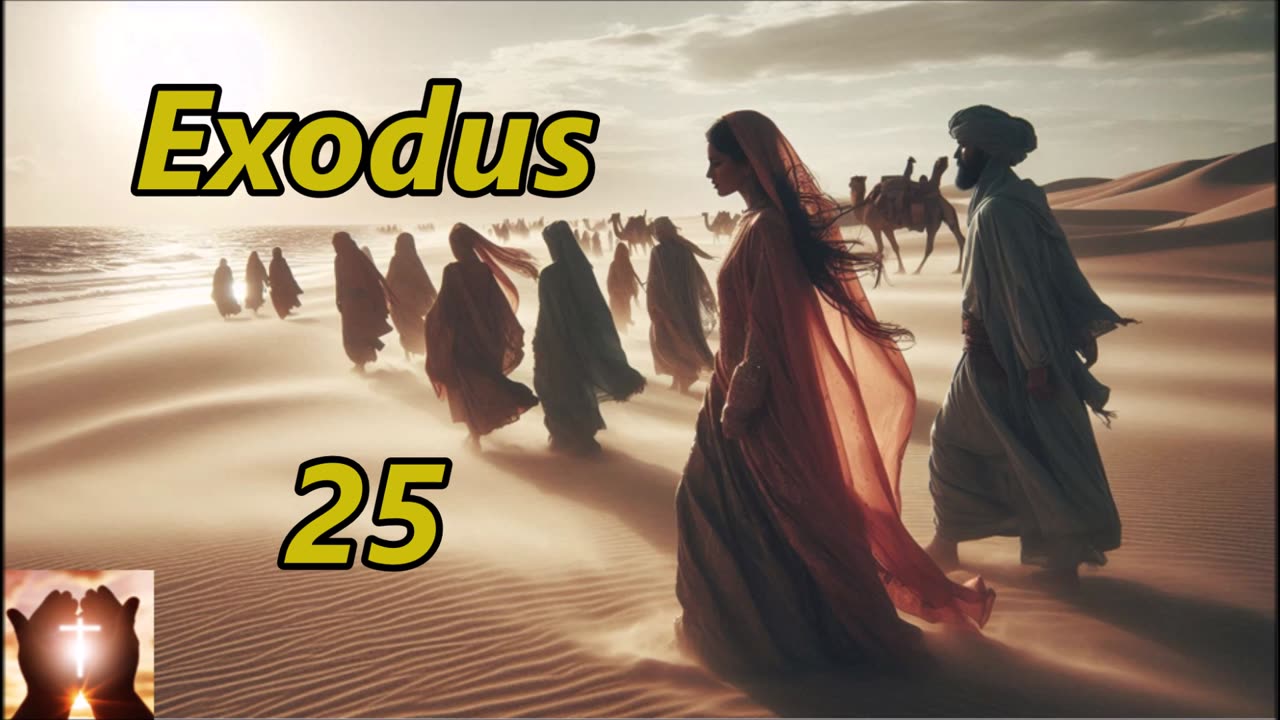
Exodus 25
Key Events & Instructions:
Offerings for the Tabernacle (vv. 1–9):
God commands Moses to collect a freewill offering from the Israelites.
Items include gold, silver, bronze, fine linens, animal skins, oils, spices, and precious stones.
Purpose: To build a sanctuary so God may dwell among them.
God emphasizes that everything must be made according to the pattern He shows Moses.
The Ark of the Covenant (vv. 10–22):
Made of acacia wood overlaid with gold.
Dimensions: 2.5 cubits long, 1.5 cubits wide, 1.5 cubits high.
To be carried by poles and covered with a mercy seat (atonement cover) of pure gold.
Two cherubim are placed on the mercy seat.
God promises to speak to Moses from above the mercy seat—this is the earthly throne of God.
The Table for the Bread of the Presence (vv. 23–30):
Also made of acacia wood overlaid with gold.
Used to hold the Bread of the Presence, which symbolizes God's provision and ongoing relationship with His people.
The Golden Lampstand (Menorah) (vv. 31–40):
Made of pure gold, fashioned as one piece.
Shaped with a central shaft and six branches (seven lamps total).
Decorated with almond blossom designs.
To provide light in the Holy Place.
Key Themes:
God Desires to Dwell with His People: The tabernacle is a visible sign of God's presence among the Israelites.
Worship Requires Preparation: Sacred offerings and precise craftsmanship reflect the holiness of God.
Symbolism of Christ:
Ark: God’s throne and the place of atonement—points to Christ as our atoning sacrifice.
Bread of Presence: Foreshadows Jesus as the “Bread of Life.”
Lampstand: Symbolizes the light of God’s presence—fulfilled in Jesus as the “Light of the World.”
Application Points:
God values voluntary giving for His purposes.
Worship involves order, beauty, and obedience to God's instructions.
God's presence is central to His people’s identity.
Every detail of the tabernacle points toward God's redemptive plan in Christ.
-
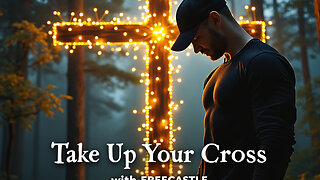 UPCOMING
UPCOMING
freecastle
5 hours agoTAKE UP YOUR CROSS- CONTEND earnestly for the FAITH once for all entrusted to the Saints!
1151 -
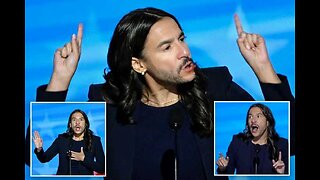 1:09:38
1:09:38
vivafrei
2 hours agoLiquid Death-Gate! Text Message-Gate! Ostrich-Gate! AN
57K21 -
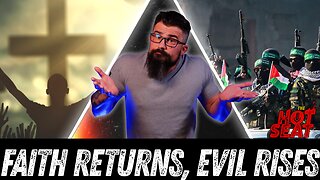 LIVE
LIVE
The HotSeat
1 hour agoAmericans Are Turning Back to God — While Terror Rises Again in Gaza
707 watching -
 LIVE
LIVE
Owen Shroyer
1 hour agoOwen Report - 10-15-2025 - Government Shutdown Political Slop Show Continues
1,236 watching -
 1:26:01
1:26:01
The Quartering
3 hours agoYoung Republican Smear, Woke Sidewalks Washed Away, Major Changes To X & More
90.2K32 -
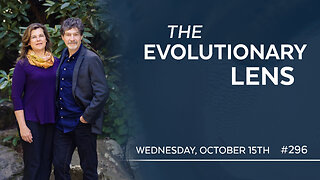 1:36:03
1:36:03
Darkhorse Podcast
4 hours agoThe 296th Evolutionary Lens with Bret Weinstein and Heather Heying
16.3K10 -
 LIVE
LIVE
StoneMountain64
1 hour agoI can't stop playing BATTLEFIELD 6
51 watching -
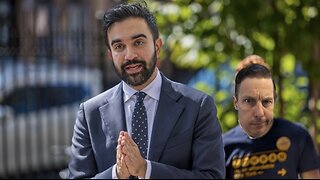 1:05:17
1:05:17
Jeff Ahern
2 hours ago $0.76 earnedNever Woke Wednesday with Jeff Ahern
16.3K2 -
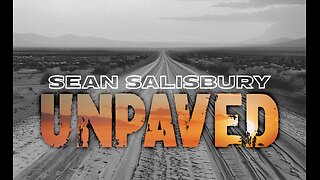 1:24:59
1:24:59
Sean Unpaved
5 hours agoPrime Pulse: Yamamoto's Gem, Mendoza & Simpson's Title Quest, & NFL QB Rule Shift
31.6K1 -
 2:38:53
2:38:53
The Shannon Joy Show
6 hours agoCharlie Kirk Killing Exploited For Trump’s Everything War - Insurrection Against The Constitution
37.2K17